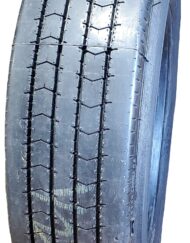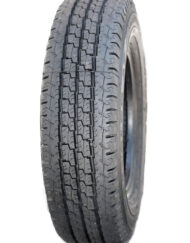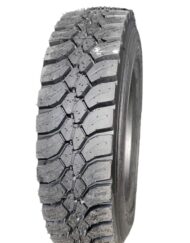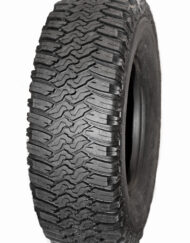Why Does Tire Recappers Use Natural Rubber?
Our proprietary rubber compound sets us apart from the rest of the pack. Enjoy better traction and longer tire life with retreads from Tire Recappers.
What’s the difference between Natural and Synthetic Rubber?
The rubber that is used in tires can be produced two different ways: naturally and synthetically. Natural rubber was first discovered by the Indians of South and Central America. In 1770 English scientist Joseph Priestley observed that the substance was ideal for rubbing pencil markings off paper — making “rubber” an intuitive and logical name for the substance. Although uncured rubber has relatively few uses, vulcanized rubber (raw rubber that has been chemically converted into the durable material we all think of as rubber) is what makes for a modern, long-lasting tire.
Natural rubber is a polymer that made from the sap that comes from the rubber tree (Hevea brasiliensis) and most rubber used today hails from Southeast Asia. When a tree matures, latex is collected from the trunk — much like sap is collected from a Sugar Maple to make syrup — and is chemically transformed into vulcanized rubber. The incision heals and the overall health of the tree is not affected, making natural rubber a renewable resource.
Conversely, synthetic rubber is formulated by scientists and non-renewable crude oil is the primary raw material. It takes approximately 7-gallons of crude oil to produce a single tire.
Why Are Tire Recappers’ Retreads Industry Leaders?
To put it simply: natural rubber.
Thomas Ford Sr. notes that “At Tire Recappers, we rely on a proprietary rubber compound that includes a lot of natural rubber. Natural compounds deliver better traction, perform better, and last longer.”
A high amount of natural rubber in a tire compound means that resulting tires are more durable, have great shear resistance, possess excellent load-bearing capabilities, and are cut- and puncture-resistant. A higher natural rubber content improves rolling resistance, overall quality, and handling. Low-end tires that sacrifice quality for cost tend to use a much higher proportion of synthetic to natural rubber.
“At Tire Recappers, our customers don’t have to pay more, they just get more,” says Ford. “Our tires are tested at an independent lab and we always outperform lower-end new tire stock.”
Although the tires with a higher natural rubber content cost a little more to produce, independent testing has proven that they’re more competitive than many new tires. “Our tires are less expensive and outlast the cheapest new tires 2 to 1,” says Ford.
Look for new sizes and tread designs to be released this spring and summer!




